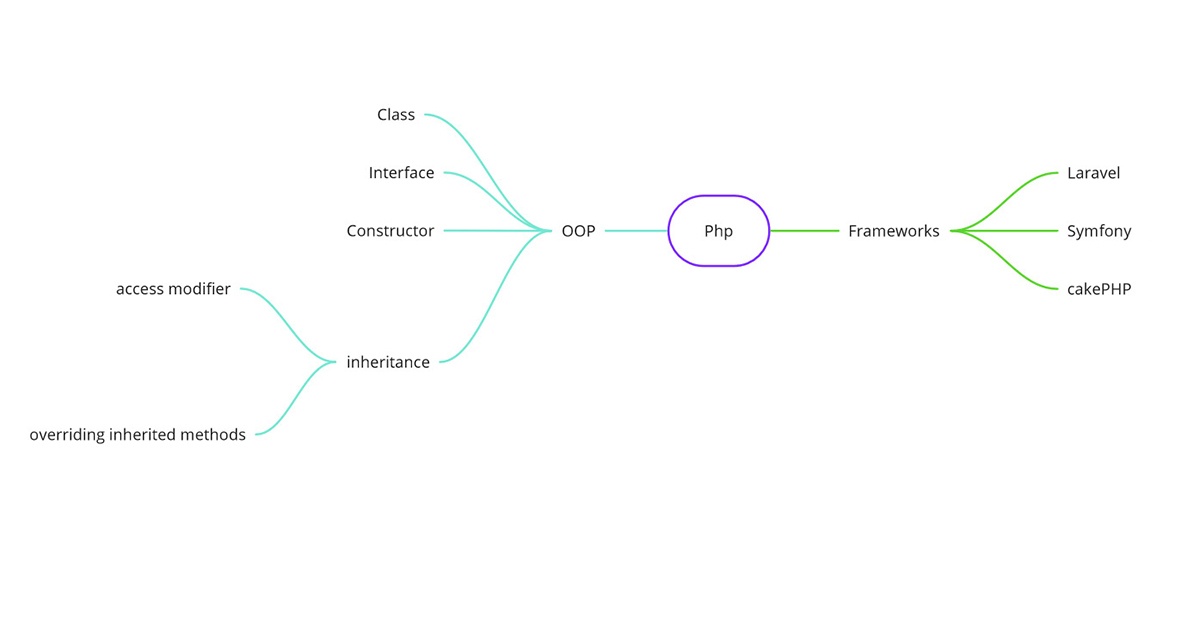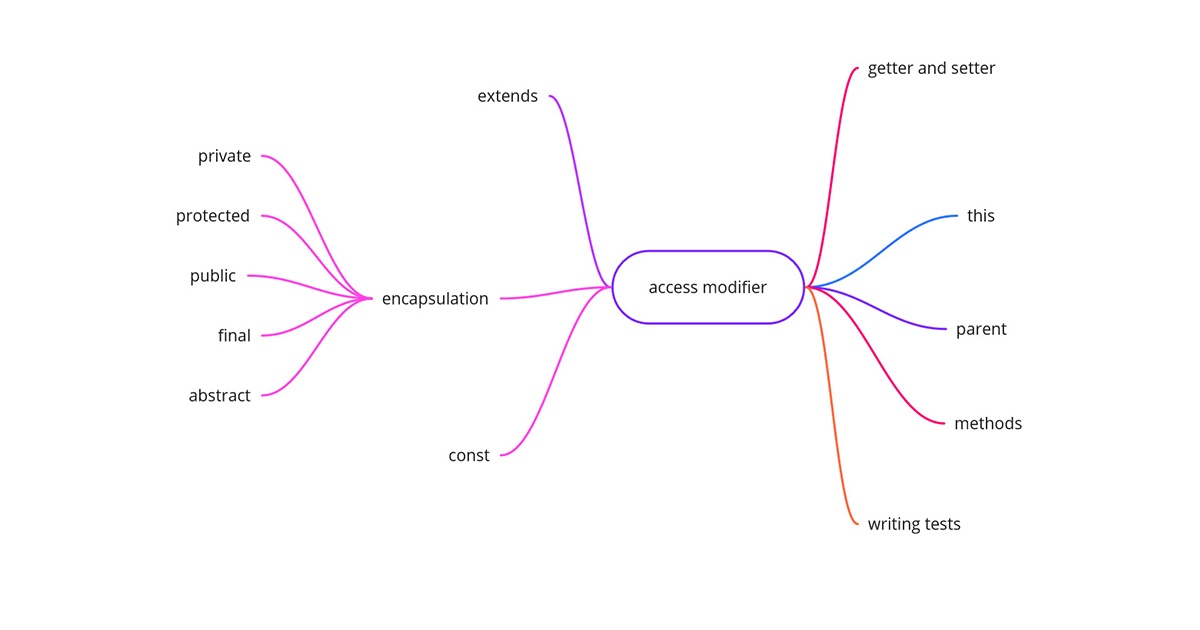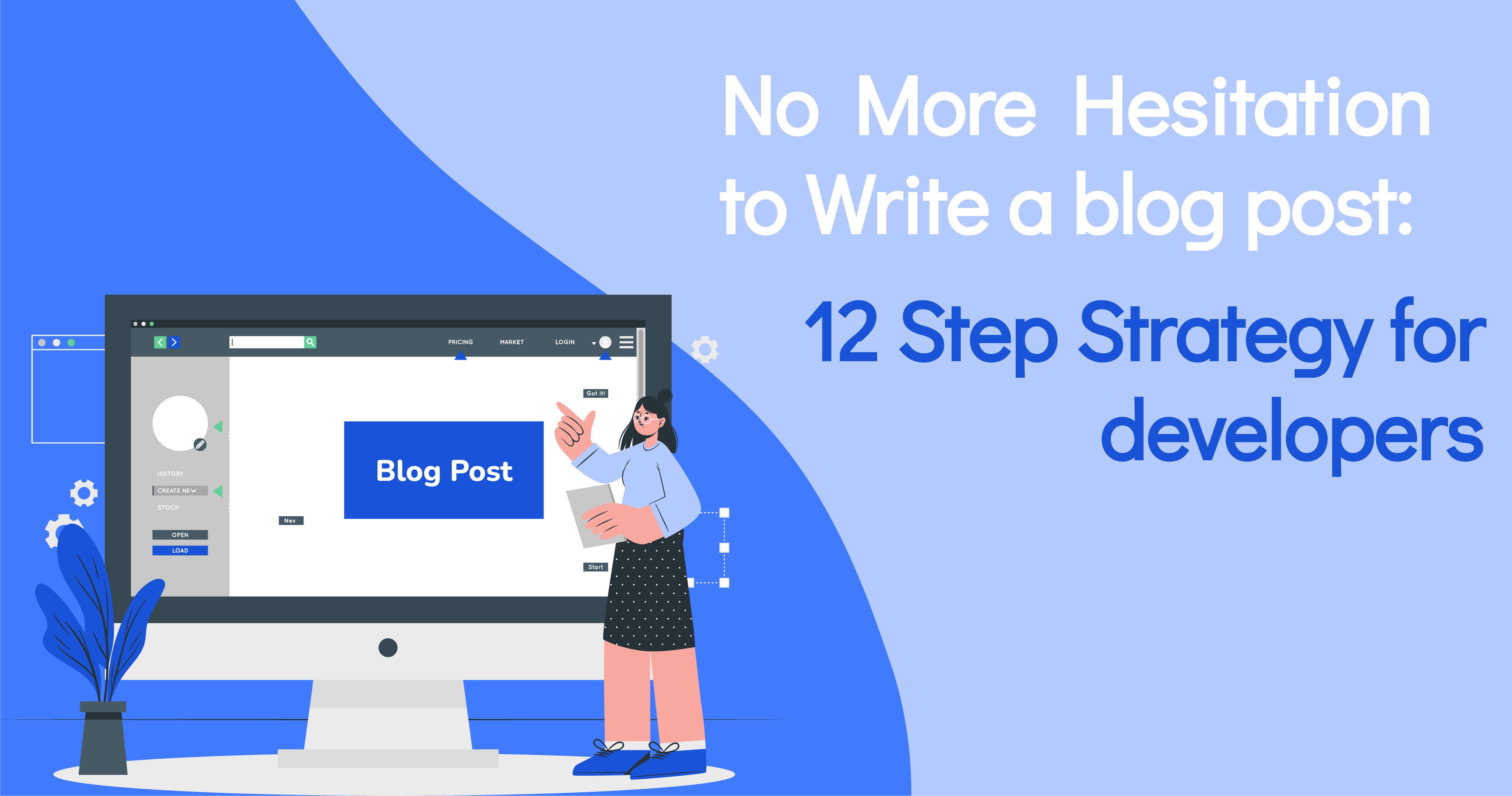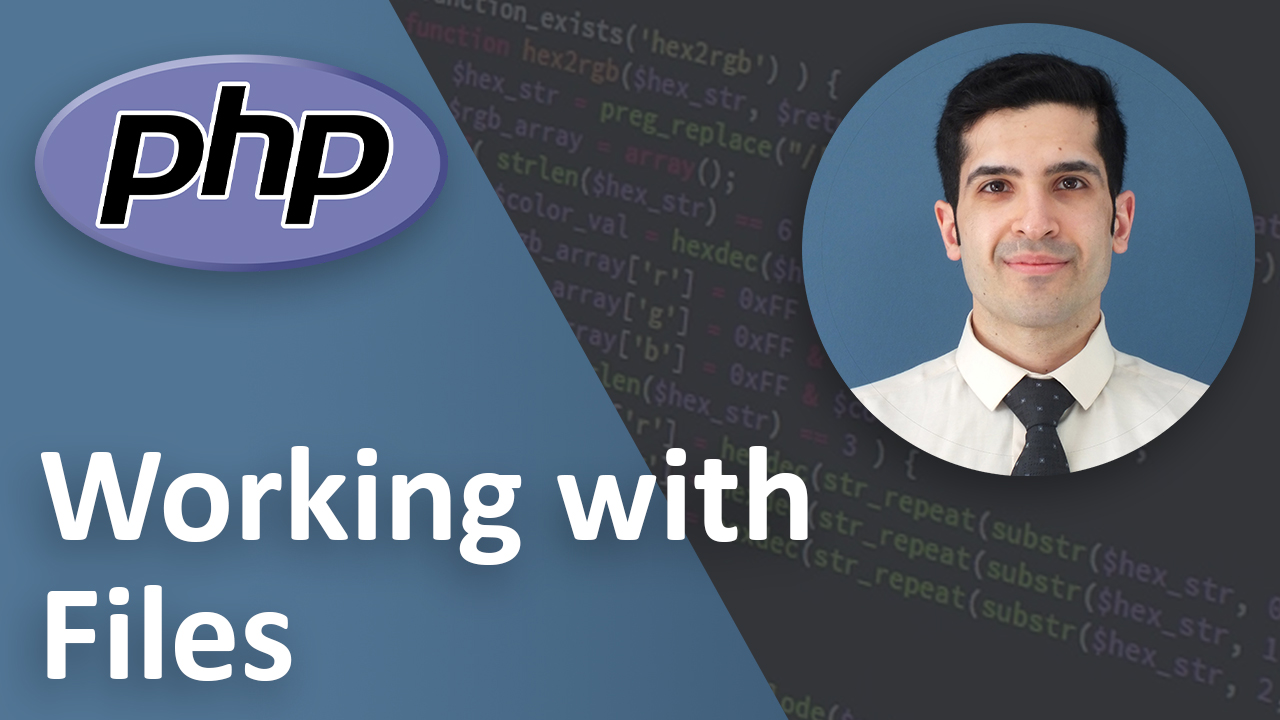No More Hesitation to Write a blog post: 12 Step Strategy for developers
Last Updated on Dec 22, 2022
- Fear of writing
- Reasons for fear
- 1. Fear of a white sheet of paper
- 2. Compare yourself with others
- 3. Starting from the peak
- 4. Bad writing
- An Exercise to overcome your fears
- How to write (Step by step guide)
- Step 1: Choose a Topic
- Step 2: Choose a style
- Step 3: Decide on the content size
- Step 4: Importance of the branches
- Step 5: Write
- Step 6: Arrangement
- Step 7: Linking words
- Step 8: Spice up your writing
- Step 9 & 10: Add Introduction and Conclusion
- Step 11: Editing
- Step 12: Publish
- Conclusion
Are you a developer? Do you want to write about your experience, but you don’t know how to write? You are exactly who I had in mind when I was writing this blog post. There are many guides on “how to write a blog post”. Most of them are too technical. Most of them focus on SEO rather than writing itself.
My goal is to help you write about your experiences and your knowledge. I know many amazing programmers and I would love to hear about their experiences. But, they don’t write anything anywhere. And the most common reason is that they don’t know how to write, or they fear writing. Imagine being a wonderful programmer with years of experience and yet being afraid of a blank paper.
Fear of writing
If you are not afraid of writing and excited to learn how to write, skip this part and go straight to step one. Otherwise, I recommend you to read this part and let me help you recognize and face your fear of writing.
Reasons for fear
There are several reasons for the fear of writing. You can see a list of them below, and I’ll discuss the ways to deal with those fears.
1. Fear of a white sheet of paper
The fear of white paper, which is universal and very unreasonable, sounds ridiculous to a developer that has to deal with logic and math all the time. But, it is so common.
I didn’t believe it until I experienced it. When I wanted to write something, I had it all in my head. But, the moment I wanted to write, my heartbeat would go up, and my brain would go blank. The brain seems to be coded like this:
$user->fear->increase();
$user->anxiety->increase();
$user->ideas->delete();
}
2. Compare yourself with others
The next reason, which is very common, is comparing yourself to others. This results in saying things like this: “When there are people who write so well, there is no need for me to write.”
It makes sense at first. But, if you take a step back, you’ll see how stupid the excuse is. Imagine saying, “Shakespeare has already written all the amazing stories. There is no need for us to write.” Or imagine what would the world be like if Taylor Otwell had said, “there is an amazing framework called Symfony. Why on earth should I create a new framework?”
3. Starting from the peak
Another reason, which I have experienced myself, is starting from the peak. It means you would tell yourself, “I should wait until I become better and then start doing what I want to do.”
I kept telling myself, “if I do this project, I will be more experienced, and I would have a lot more to say.” Or “if write two more articles, then my writing would be better.” and so on. Enough is enough. No one is perfect.
You might be an exceptional programmer and your projects are perfect so far. But, I’m sure there are projects you would love to go back to and change your code and improve it. But did that stop you from developing new projects and turning new ideas into reality?
4. Bad writing
The last one is the fear of bad writing, which causes saying things like: “What if I write and it’s so bad that everyone thinks I’m a fool?”. First of all, no one will ever think you are a complete fool. Secondly, even if you do write so badly, only the stupid people would call a person who is trying to get better at something, a fool. So the joke’s on them.
I once heard a senior programmer say, “when I want to work with dates, I still google it.” Imagine if this person wanted to stop programming and memorize all the methods related to dates, and then start programming. Would he reach the senior level?
An Exercise to overcome your fears
Forget about writing. Pick up your cell phone and record your voice. Say what you want to say. Then play the recording for yourself and write down what you said, word by word. That’s it. Practice this every day and, I promise, you’ll see how easy it is to write about different topics.
Enough talking about fears. Let’s get to the main point and start writing.
How to write (Step by step guide)
Step 1: Choose a Topic
What do you want to write about? PHP? This is a very broad topic. Can you learn all the PHP methods in one page? Of course not. You have to narrow it down a bit. OOP in PHP? Much better, but still broad. This is the size of a book. How about “How to write an interface in PHP?” this is great.
Be careful not to make it too narrow, unless you are writing a tweet rather than a blog post.
If you already have a topic in mind, great. But if you do not have something in your mind, I want to show you a way that you can come up with a topic quickly.
Brainstorming
Draw a circle in the middle of the paper and write down the broad topic you want to talk about. Then add the topics that come to mind when you think about the central topic. Then do the same for each of the new circles until you get to the topic you are interested in.

Usually with 3 to 5 repetitions you get to a topic that is neither too broad nor too narrow.

Step 2: Choose a style
Based on the goal you want to achieve and your audience, you can choose your style. Something like: Formal, informal, humorous, scientific etc.
Step 3: Decide on the content size
It could be a sentence for a tweet on Twitter or a blog post or a book. Here, our purpose is to write a blog post. So we assume 500 to 2000 words for the final content.
Step 4: Importance of the branches
Remember the brainstorming? Go back and write the importance of each branch. Now that you look at it again, you might find some ideas irrelevant. Write their importance as 0, so you would remove them later.

Step 5: Write
Now start writing. Start with the most important branch. Then keep writing from the most important to the ones that have the importance of 1.
Step 6: Arrangement
Now write the paragraphs in the order you want the reader to read them. For example, for this post, I think the “writing” part is the most important branch, but it is better for the reader to know their fears first. That’s why I put the section about fears first.
Step 7: Linking words
Now it’s time to connect your sentences and paragraphs to make it more fluent and easier to read. Use linking words like however, but, in addition etc.
You can see a list of linking words here.
Step 8: Spice up your writing
Go back and read what you wrote. Add proverb, example, Jokes, quotes or anything that makes it easier to understand your topic. For example, when I wrote this post, I went back and added programming examples.
You can check out this link to get more ideas about improving your writing.
Step 9 & 10: Add Introduction and Conclusion
Now that you have finished writing, go back and write the introduction and conclusion. It’s very easy.
In the introduction, you say “I want to talk about X, and because of Y it is important to talk about it now”.
In the conclusion, you say, “I talked about X and Y and Z”.
$writing->addIntroduction();
$writing->addConclusion();
}
Step 11: Editing
Now go back and edit. I use grammarly myself. Fix your sentences. Make sure there are no mistakes in spelling, basic sentence structure, references. You are not writing a novel. If your sentences are correct and understandable, it’s enough. If you have time, you can sit down and check the commas and periods. But writing is not like programming. Even if you miss a comma or a period, you’re writing will still be readable.
Step 12: Publish
You can publish your post on your blog, LinkedIn, Twitter or Medium and Reddit. That’s it. Congratulations.
Conclusion
Now you are able to write a blog post. You can add writing to the unending list of your skills.
I recommend you to open a Word document (or google sheet) or if you prefer paper, grab a piece of paper. Now, brainstorm your ideas for your next writing. I’m sure you can write a blog post by the end of today.
If you have any suggestions, questions, or opinion, please leave a comment below. I’m looking forward to hearing from you!
Key takeaways
- Recognize your fears and face them.
- Brainstorm and choose a topic.
- Choose a style based on purpose, audience and personal interest.
- Determine the size of content.
- Decide on the importance of each sub topic.
- Write. paragraph by paragraph.
- Arrange the paragraphs.
- Link your paragraphs with the power of linking words.
- Make your writing more interesting.
- Write introduction and conclusion.
- Edit 3 or 4 times.
- Publish your writing.






